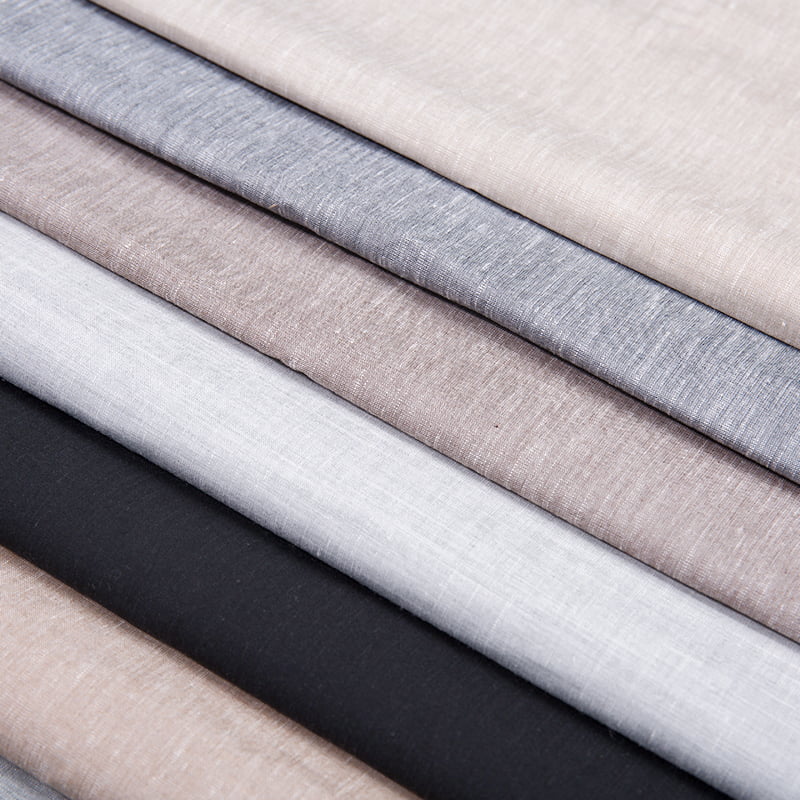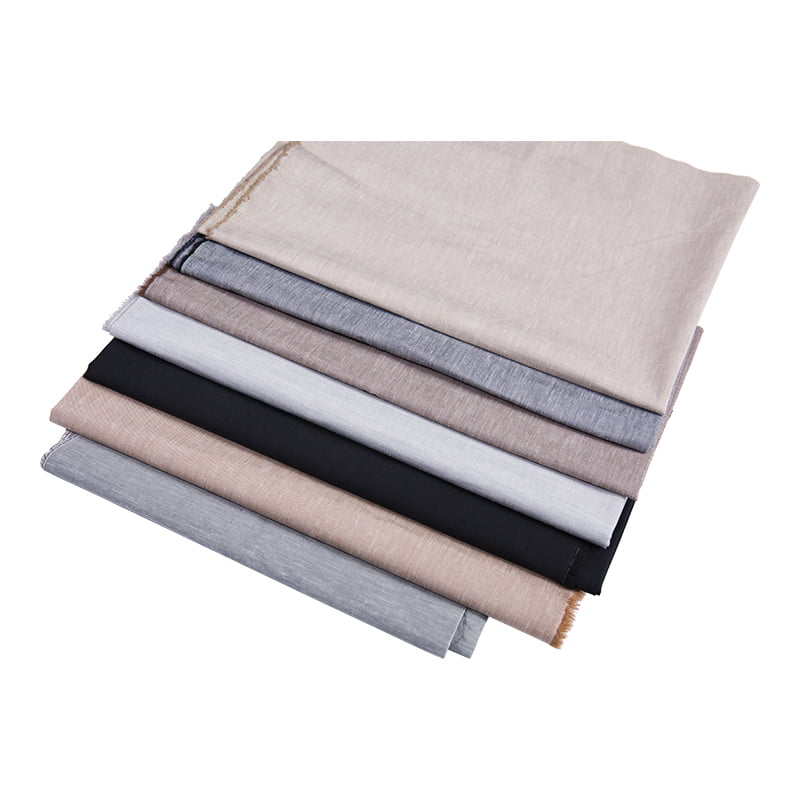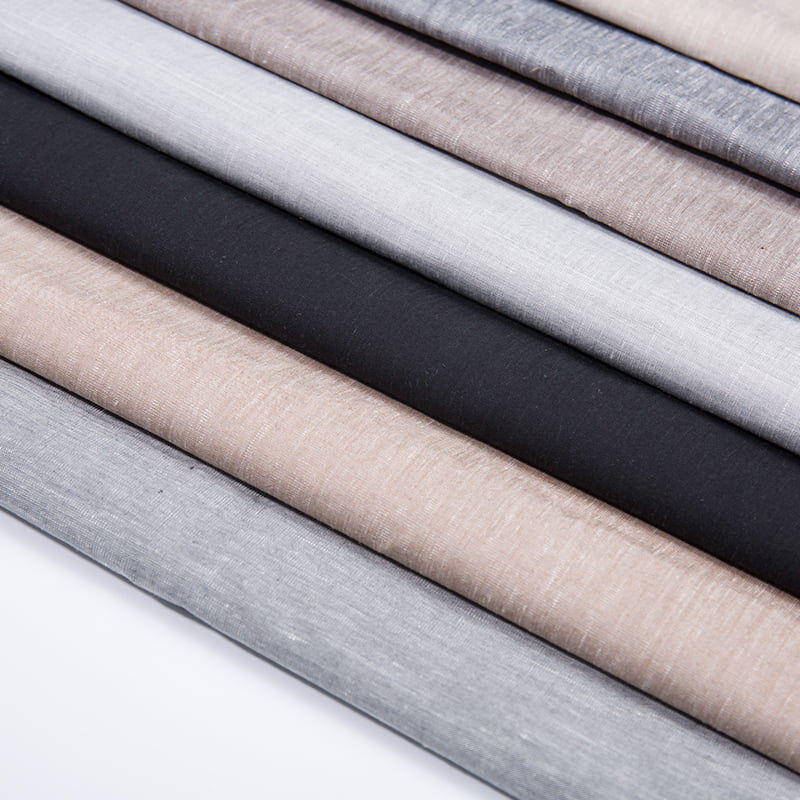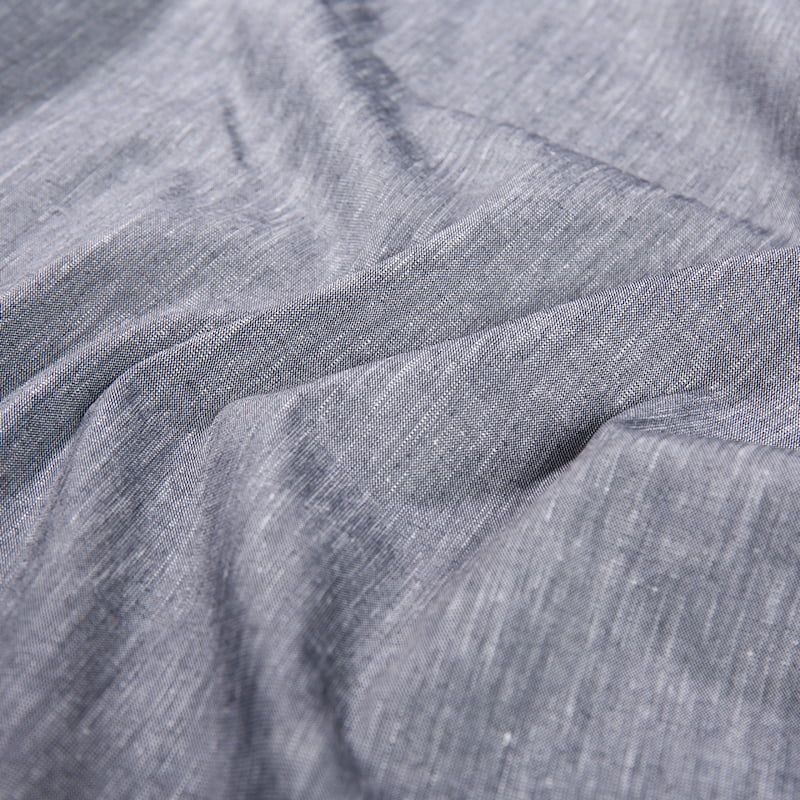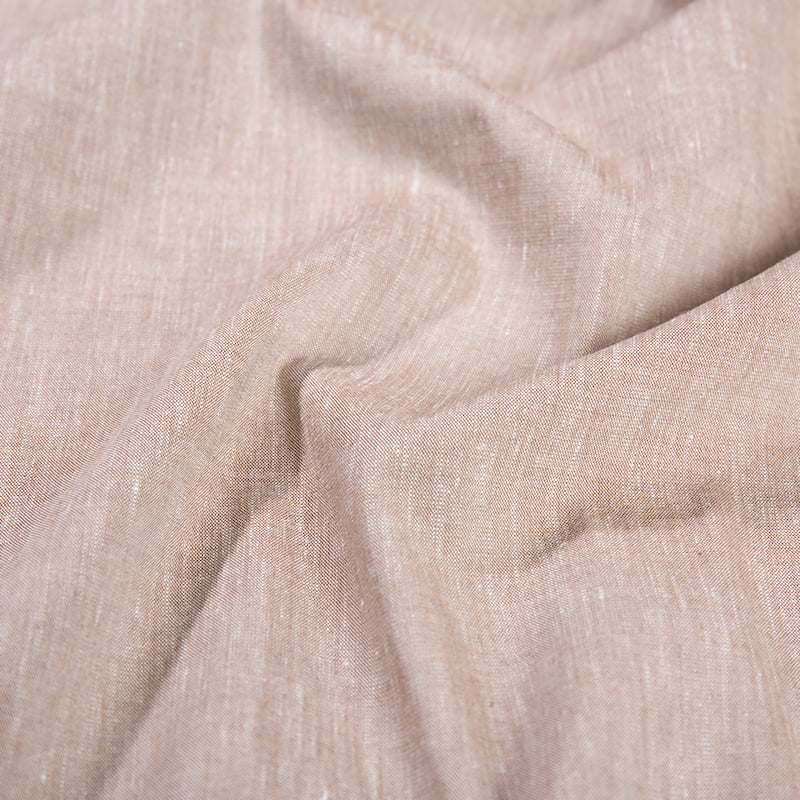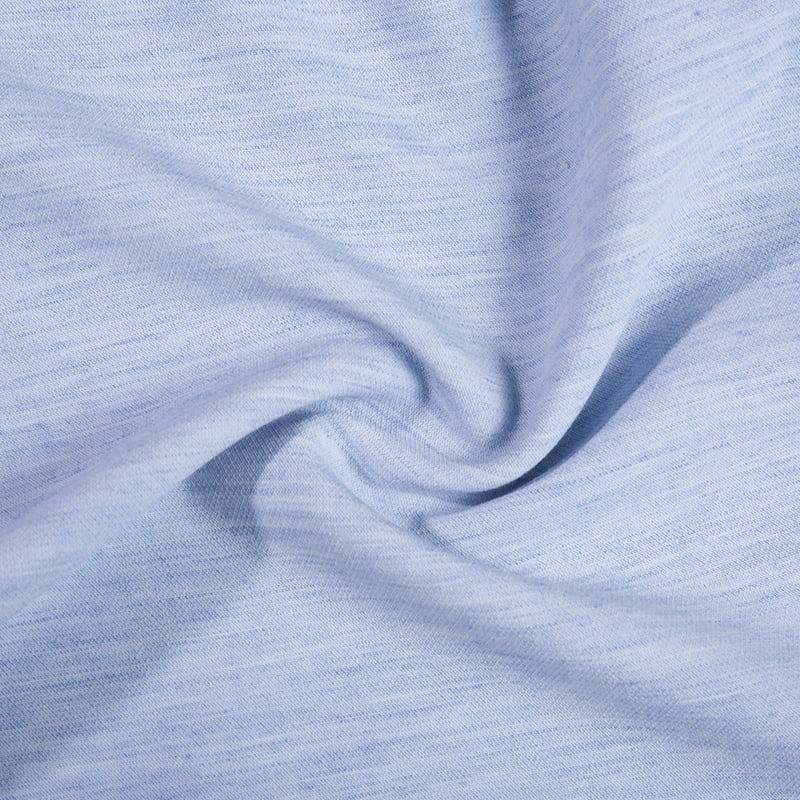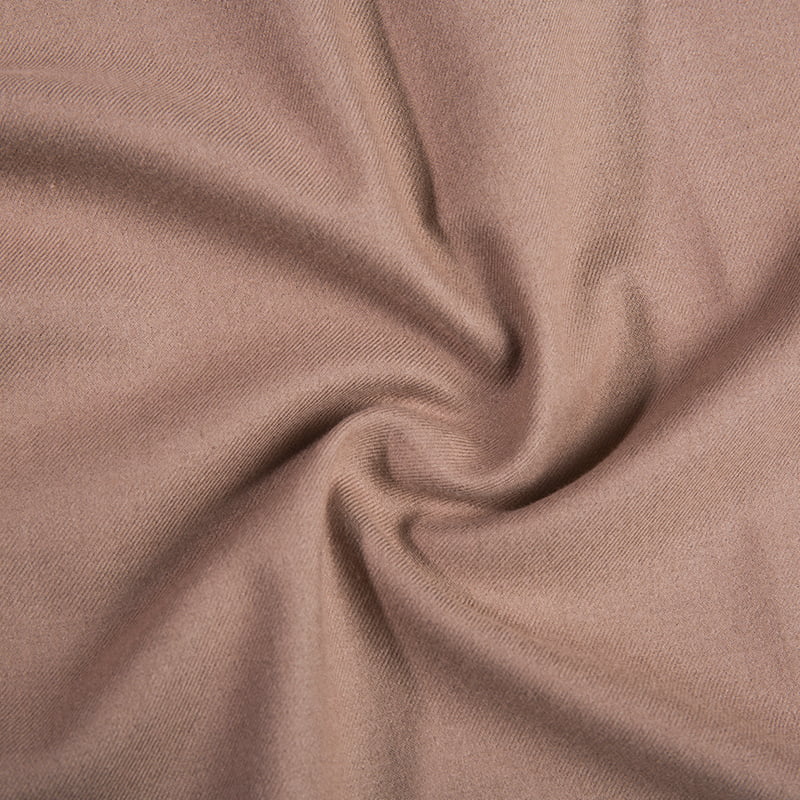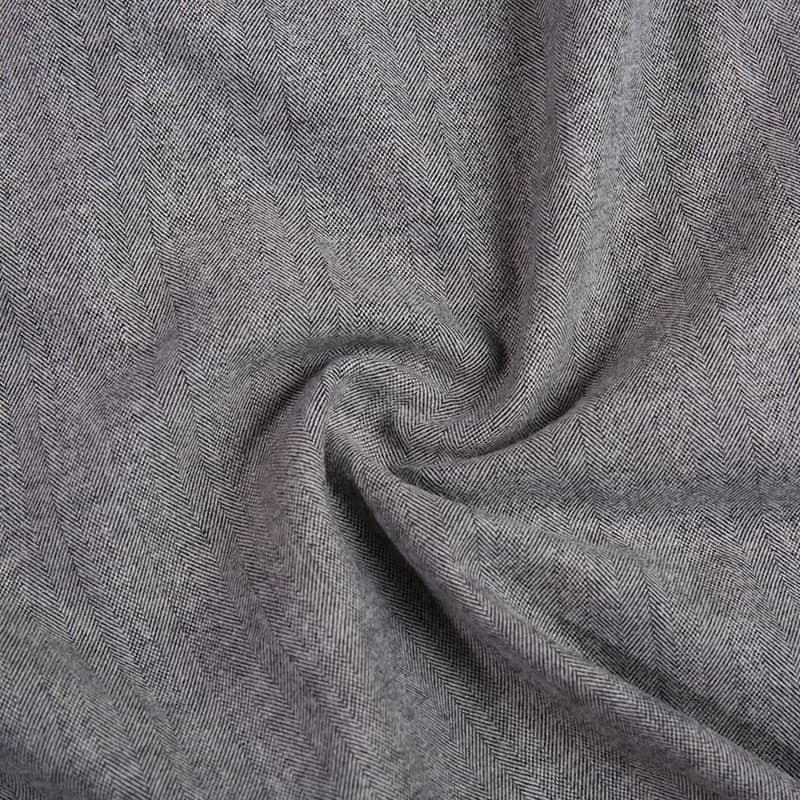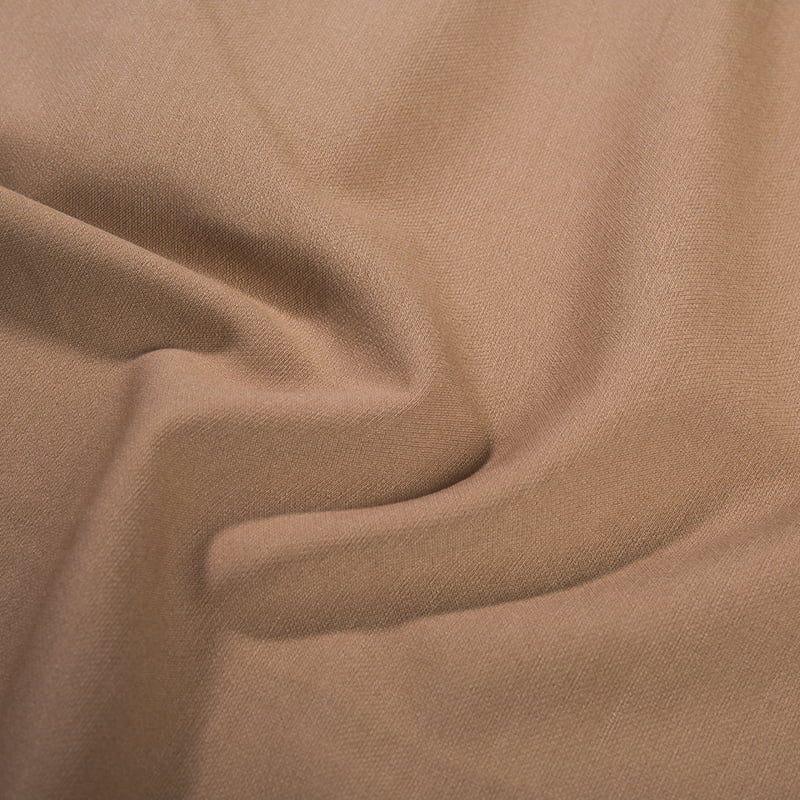How does the level of flax content affect the thermoregulatory, anti-allergic, anti-static and anti-bacterial properties of fabrics?
When discussing the effect of the flax content in the dyed suit fabric of the linen jacket on the fabric's temperature regulation, anti-allergy, anti-static and antibacterial properties, we have to mention the unique properties of flax, a natural fiber. Flax fiber, with its natural superior properties, has gradually emerged in the textile industry, especially in mixed fabrics, the addition of flax can often significantly improve the overall performance of the fabric.
1. Temperature regulation performance
Flax fiber has good thermal conductivity and heat dissipation. As the flax content increases, the temperature regulation performance of the fabric will also increase accordingly. Fabrics with high flax content can more effectively absorb and dissipate human body heat, keeping the wearer cool in summer and reducing static electricity accumulation in winter, thereby keeping warm.
2. Anti-allergic performance
The hollow structure of flax fiber is rich in oxygen, making it impossible for anaerobic bacteria to survive. At the same time, its surface is smooth and not easy to breed bacteria. Therefore, the increase in flax content can significantly improve the anti-allergic performance of the fabric. For people with sensitive skin, choosing fabrics with high flax content can effectively reduce the occurrence of allergic reactions.
3. Anti-static performance
Flax fiber is not easy to generate static electricity due to its balance of positive and negative charges, and this feature is particularly obvious in a dry environment. Fabrics with high flax content can effectively reduce the impact of static electricity on the human body, such as dry hair and discomfort caused by static electricity.
4. Antibacterial properties
Flax fiber has a natural inhibitory effect on a variety of bacteria, including Pseudomonas aeruginosa, white candidiasis and other international standard bacteria. As the flax content increases, the antibacterial properties of the fabric will also increase. This is especially important for clothes such as suits that need to be worn for a long time, which can effectively prevent bacterial growth and keep the clothes clean and hygienic.
The level of flax content has a significant impact on the temperature regulation, anti-allergy, anti-static and antibacterial properties of the fabric. When choosing fabrics, we can choose the appropriate flax content according to actual needs. For example, in summer, choosing fabrics with high flax content can keep cool; for people with sensitive skin, fabrics with high flax content are more suitable. At the same time, we also need to pay attention to the maintenance and cleaning methods of the fabric to give full play to its performance and extend its service life.


 English
English 中文简体
中文简体 日本語
日本語 한국어
한국어 Español
Español русский
русский

